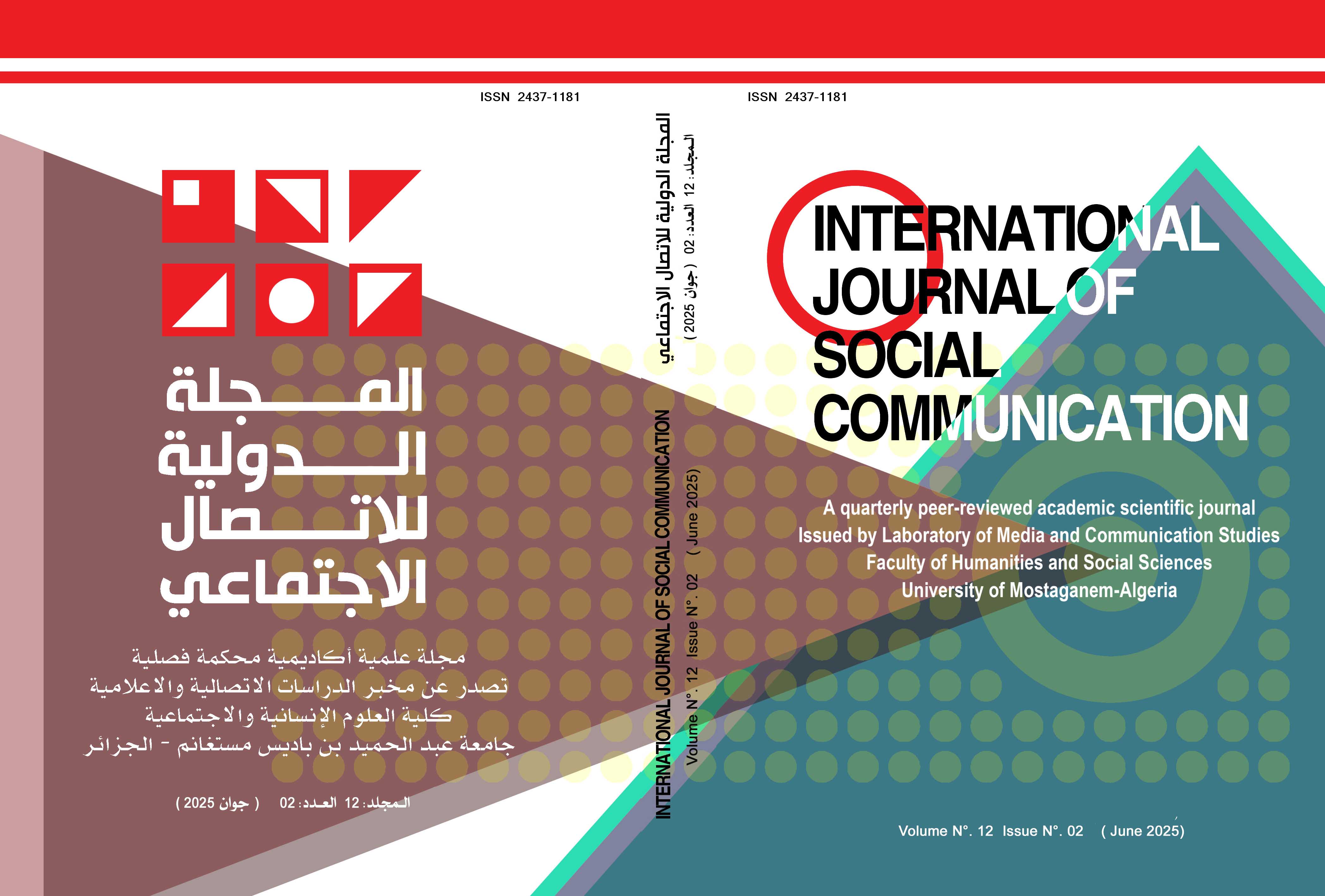Emojis in the Virtual Environment: An Alternative to Written and Spoken Languages
Keywords:
Emojis, Virtual Environment, Unicode Language, Written and Spoken LanguagesAbstract
This research paper offers a critical communicative interpretation of the noticeable evolution of interactive additions within the system. This includes, for example, the field of interactive emojis or what is known as Unicode language, and the increase in their quality and quantity on various digital and virtual publishing platforms.
Communication and language researchers consider this technology to enhance the ability to communicate on interaction platforms and social networks. It also supports the structural framework of messages circulated through communication means and is considered a communicative support for all segments of the collective communicative system, including the deaf and hard of hearing and people with special needs in general. Emojis, as an emotional extension of language, help convey the message more effectively. On the other hand, it raises many issues as the generalization of interactive tools on virtual platforms leads to the creation of a standardized communication pattern that supports and pulls towards the globalization of communication without considering the reality of cultural and gender implications.
It also supports the highlighting of some deviant phenomena such as homosexuality, transgenderism, hate speech, symbolic violence, and social bullying.
Downloads
Published
Issue
Section
License

This work is licensed under a Creative Commons Attribution-NonCommercial-NoDerivatives 4.0 International License.


